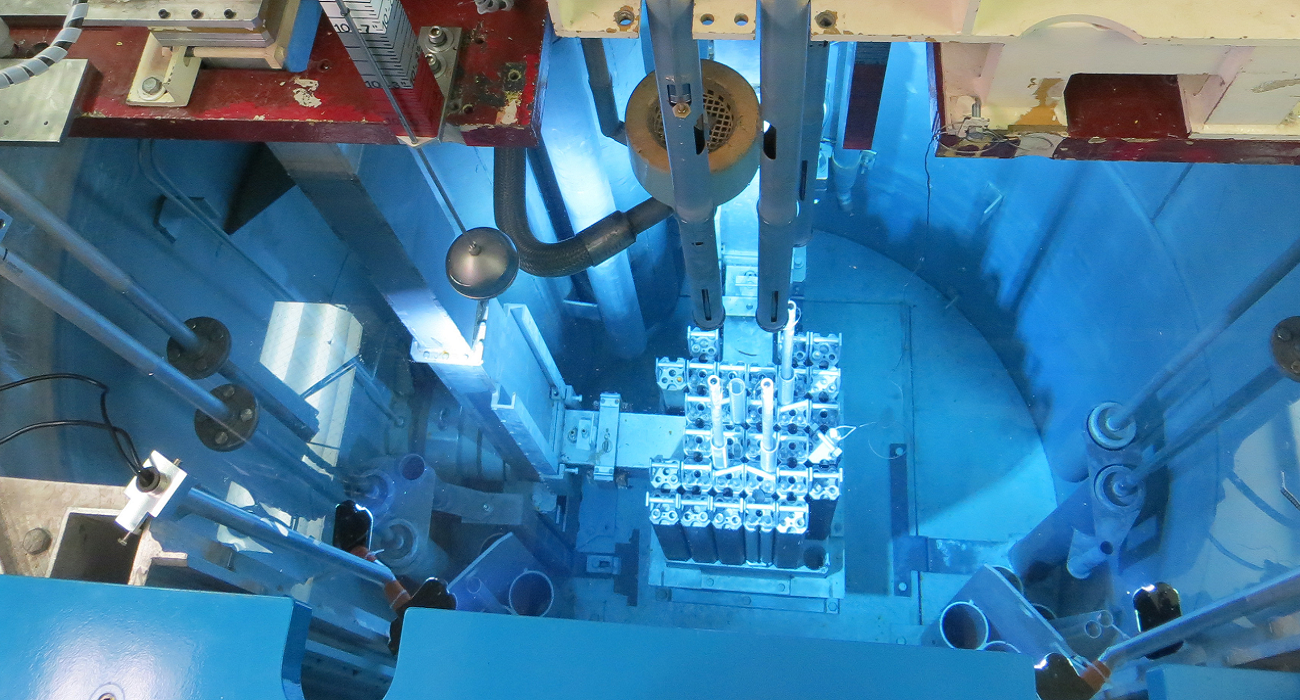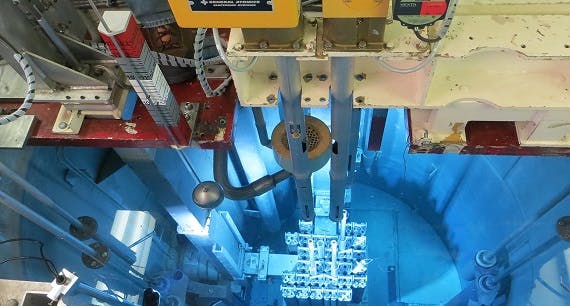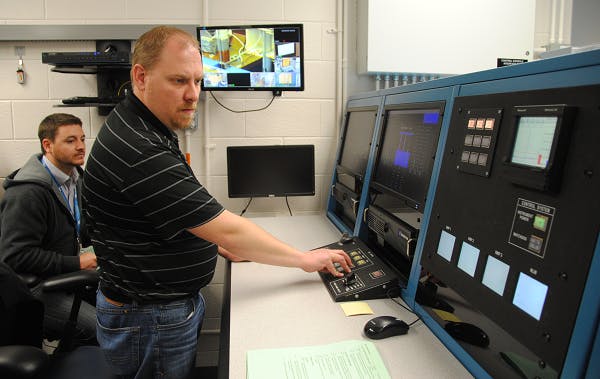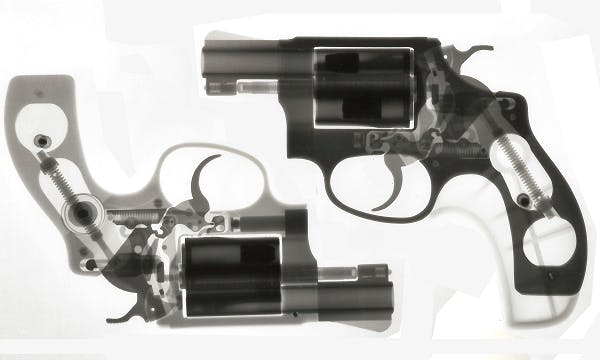An important and unique research tool at Idaho National Laboratory — the Neutron Radiography (NRAD) Reactor — was restarted recently after the completion of a nearly 14-month overhaul-and-upgrade project. This important milestone will enable final calibration of key components and a resumption of radiography.
NRAD is a 300-kilowatt TRIGA research reactor that first went online at INL in 1977. (TRIGA stands for Training, Research, Isotopes, General Atomics.)
“The overhaul project was essentially a life-extension for NRAD that ensures we’ll be able to sustain its capabilities for several more decades, with greater reliability and capacity,” said Mark Henry, director of MFC’s Post-Irradiation Examination facilities. “The NRAD operations team has done an amazing job.”
NRAD provides INL researchers with a critical non-destructive tool for conducting post-irradiation examination of nuclear fuel and material samples. Neutron radiographs can significantly reduce the time and cost for conducting examination of irradiated samples by allowing researchers to see inside samples to evaluate their performance and identify features or flaws that may require further study.
A second, longer beam line to a second radiography station will be returned to operation in the near future, further expanding the capability NRAD provides to include radiography of non-irradiated specimens. The second radiography station can accommodate larger diameter and longer specimens.
Reactor operator Jarod Littell withdraws a control rod from the NRAD core, bringing the reactor critical at a power level of 100 kilowatts for initial calibration of several new instruments, while reactor supervisor Mike Ruddell observes.
The overhaul and upgrade project included a complete replacement of the control panel with a modern digital system, replacement and upgrade of most of the sensors used for operation of the reactor, replacement of the control rod drive systems, and an update of the reactor’s Documented Safety Analysis — the safety documentation that governs use of the reactor and defines its operating limits. The overhaul builds on previous improvements — including a conversion to low-enriched fuel in 2010 and a core expansion in 2013 to increase operational durations, providing more time to support radiography for users.
“The new control systems, sensors and instruments give us a much clearer picture of how the reactor is operating,” said Fred Gholson, NRAD operations manager. “It feels great to have it back online and ready to support radiography again.”
Further upgrades are planned to continue to expand INL’s neutron radiography capabilities, including a conversion to higher-resolution digital image processing, computed and digital radiography, and 3-D tomography.
Neutron Radiography: Another way to see the materials around us
Neutron radiographs are similar in appearance to X-rays, but they provide different information because neutrons and X-rays pass through the materials in different ways. Neutron radiographs, for example, are very good at showing liquids, plastics, rubbers, and other hydrogen-rich materials, while X-rays are very good at showing metal components.
The images below show a photograph, an X-ray and a neutron radiograph of two handguns.
Because of these distinct characteristics, neutron radiography and traditional X-ray radiography are complementary processes — using them together often provides a better understanding of the object.












